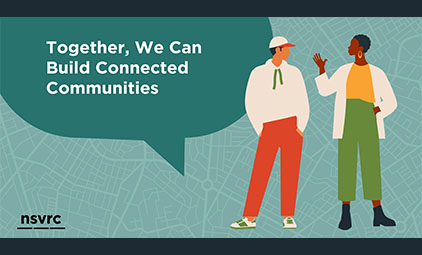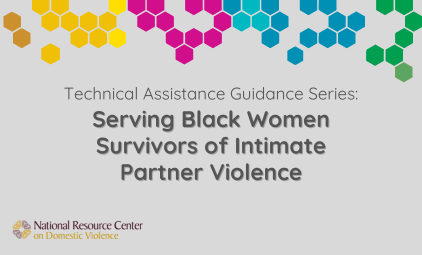This toolkit is designed to assist both individuals and greater systems in their efforts to create a more trauma-informed child welfare system. It includes a variety of tools and resources that are designed to provide guidance, support and practical suggestions that can be utilized across service systems.
- Creating Trauma-Informed Child Welfare Systems: A Guide for Administrators - 2nd Edition - In addition to having the final version of the 7 Essential Elements of a Trauma - Informed Child Welfare System, this guide now includes a new chapter. The chapter is entitled Psychotropic Medication Use Among Children Exposed to Trauma and was written after a rich discussion at the National Advisory Committee meeting in January 2013 that proved that it was a topic that needed to be addressed in the guide. The guide is now 15 chapters long and is full of valuable information on what trauma-informed child welfare looks like across most aspects of the overall system. It is targeted to administrators and anyone who works with children and families involved in the child welfare system.
- Desk Guide on Trauma-Informed Mental Health for Child Welfare - This is a 20-page guide, plus two pull-out inserts. is designed to assist child welfare workers and supervisors in understanding mental health services available for children and families in the child welfare system.
- Desk Guide on Trauma-Informed Child Welfare for Child Mental Health Practitioners - The 16-page guide, plus pull-out insert is designed to assist mental health professionals in increasing their knowledge of the policies, practices, and culture of the child welfare system.
- Guidelines for Applying a Trauma Lens to a Child Welfare Practice Model - These guidelines are designed to be a resource for child welfare agencies as they strive to update or articulate their current practice model. In amongst its 87 pages, the guidelines include concrete strategies and, most of the time, community examples of how to be more trauma-informed each step of the way.
- Trauma System Readiness Tool - This is a community assessment tool that can be completed by individuals within the child welfare workforce to determine the trauma-informed nature of their system.













